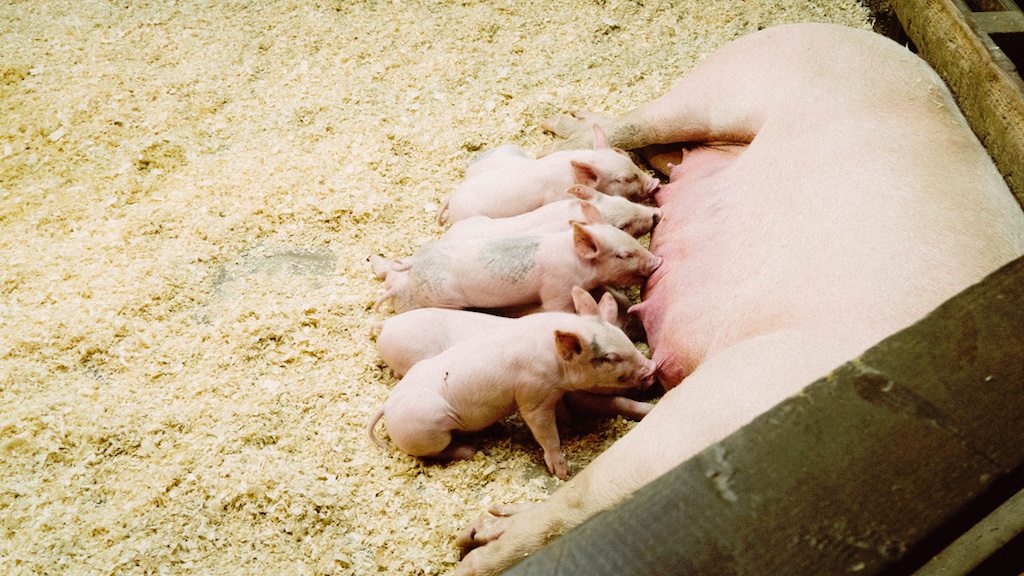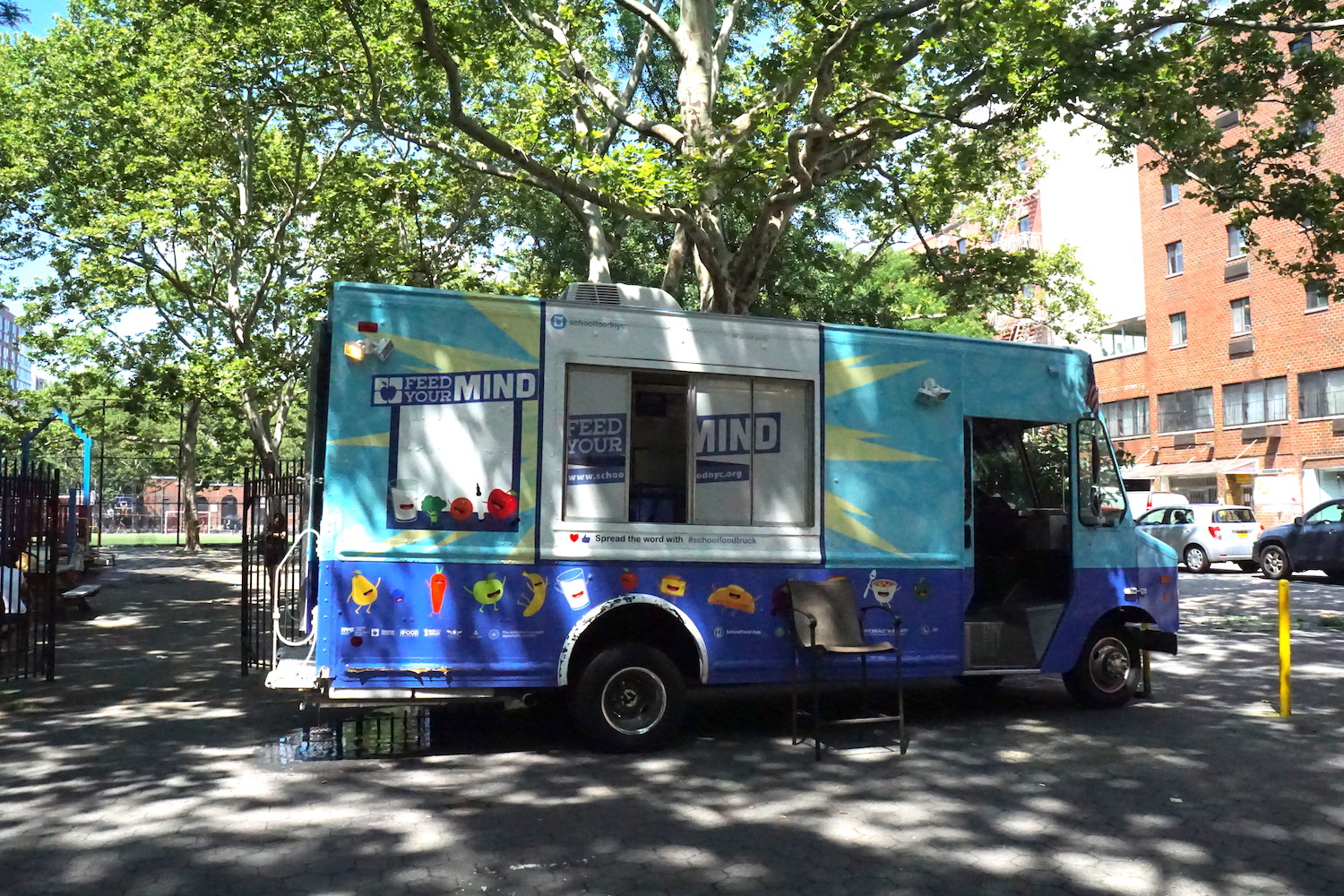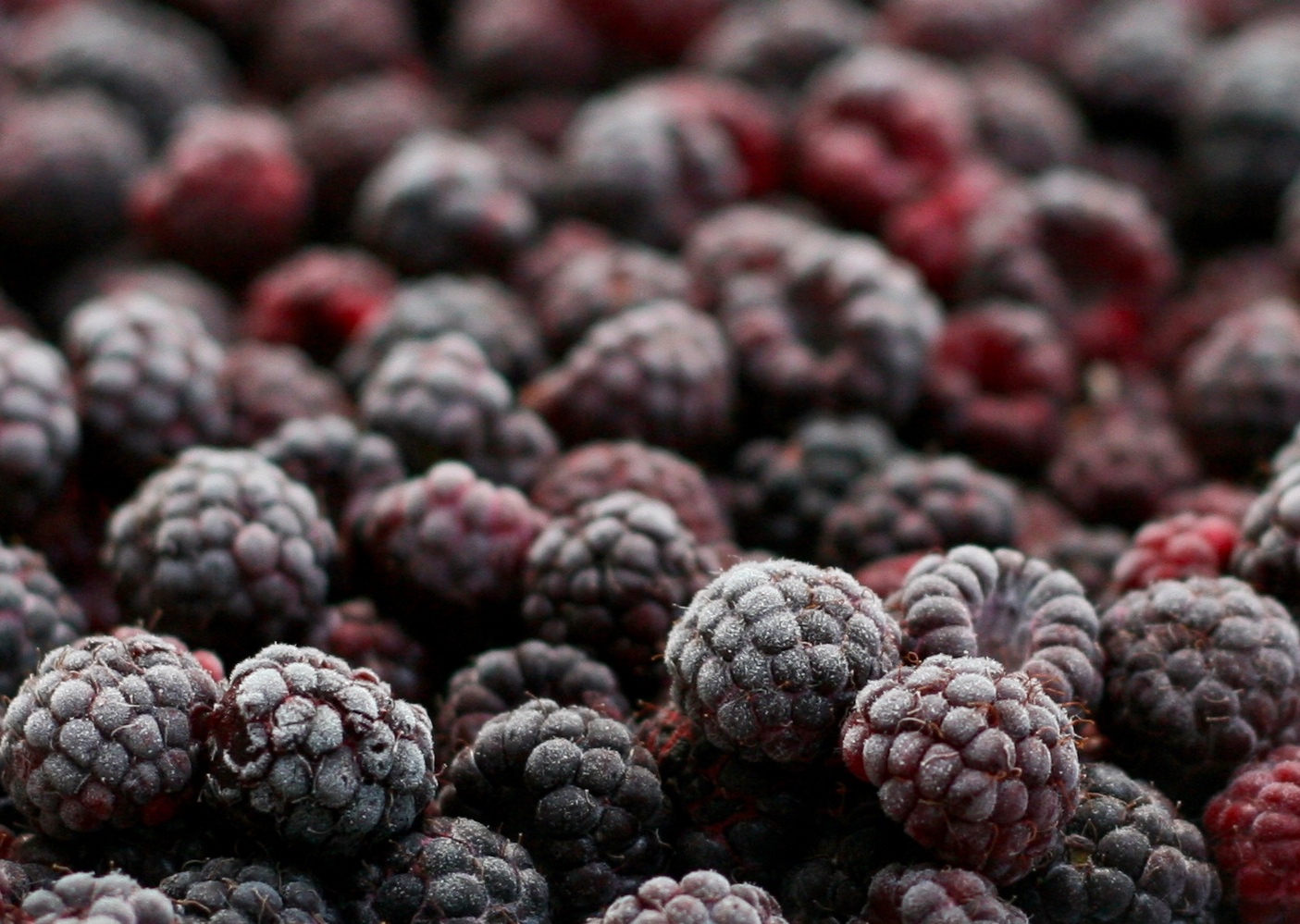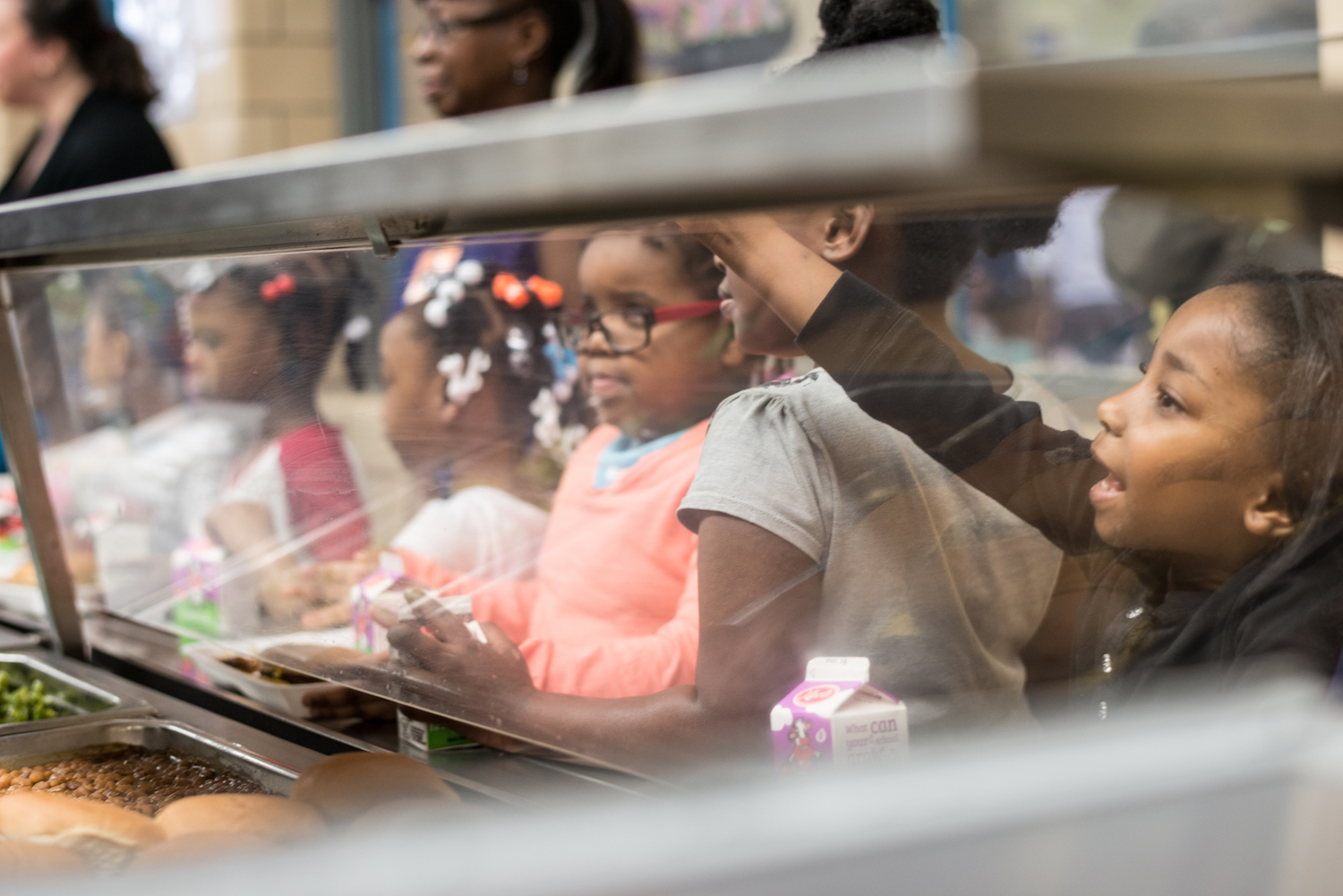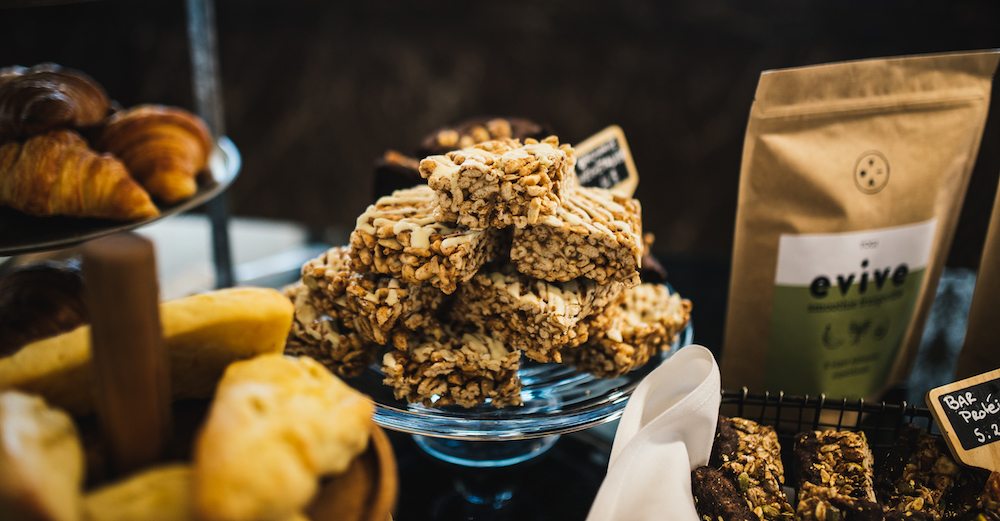
Facebook/Farmraiser
October is National Farm to School month. It’s one of those “take the pledge” times of year that catapults school fundraising season into overdrive. And with the designation comes all the familiar annual pressure to load the tables with goodies and buy whatever is on offer.
We’ve all been there. A co-worker or family member blindsides you with catalogues and order forms for candles you don’t need or cookies you don’t want. In a moment of weakness, you find yourself signed up for a giant tub of cheddar jalapeno popcorn chock-full of artificial ingredients.
But school fundraising is no longer the old-timey cottage industry many of us remember, bolstered by the bake sale and door-to-door dollar chocolate bar pitch. It’s big, big business. According to the Association of Fund-Raising Distributors and Suppliers (AFRDS), schools and other non-profits net $1.7 billion selling cookie dough, candy, popcorn and a variety of other food and non-food products. Schools depend on these fundraisers to purchase sports equipment, technology, and plan field trips.
At the same time, as cultural interest in—and government support of—healthier school lunch programs has grown, parents and educators have begun questioning why schools sanction the sale of high-fat, high-sugar processed food, especially in a nation with a childhood obesity rate of 17 percent and rising.
 Farmraiser
Farmraiser When Mark Abbott found himself faced with the annual school fundraising campaign, he dutifully supported his son, who sold $400 worth of candy and cookie dough to friends and family. But after Abbott’s son questioned why he was selling processed food his family never ate at home, Abbott was inspired. He thought, why not create a school fundraising program that offers healthy, locally made products including honey, jam, pasta, granola, and seasonal produce?
In 2013, Abbott did just that, and introduced FarmRaiser—an online and mobile market—to schools in Flint, Michigan. With his fundraising model, not only can schools raise money, they can also support local businesses that produce healthy food. “Parents are responding to it in a big way,” Abbott says. “We are disrupting an industry.” Since 2013, FarmRaiser has managed 150 fundraising campaigns, become active in 22 states, and helped raise $270,000.
With a traditional school fundraising program, a school can expect to net 20-50 percent of sales. FarmRaiser, on the other hand, preserves that net percentage for schools (by charging a flat rate of 10 percent of sales, Farmraiser guarantees at least a 45 percent return to the school, though the typical campaign returns, on average, 51 percent to the cause), but also extends the support to local food artisans and farmers. “Our entire value proposition is leaving 85 percent of the money in the community,” Abbott says.
FarmRaiser tailors the products to the school’s location, so most of the vendors are truly “local,” and live within 30 miles of the school. For people who want to support the school but aren’t interested in receiving products, FarmRaiser offers a community basket donation. Half of every cash donation goes to the school while the other half goes to a local food bank or homeless shelter. According to Abbott, 10 percent of sales are community basket donations.

The Farmraiser platform looks similar to Indiegogo and Kickstarter campaigns
FarmRaiser works with 150 food vendors who offer more than 500 different products. Abbott explains that although the vendors sell their products at 50 percent less than retail, they gain tangible benefits with very little risk. FarmRaiser shares customer information with their vendors, allowing them to reach out to potential customers they know have already tried their product. “For our suppliers that sell direct to consumers in their community, the cost of acquiring that potential customer is the margin [they] would have made in retail sales,” Abbott says. He estimates that 15,000 people have tried local products with FarmRaiser so far.
Al Dente Pasta Company in Whitmore Lake, Michigan has participated in 16 FarmRaiser campaigns since 2013. It sells its products in a bundle: two bags of pasta and one sauce. “For us it isn’t a financial gain. It was more wanting to support something really interesting that I thought served an important purpose,” says owner Monique Deschaine. “The model is a real win-win. You’re showcasing local ingredients. You’re allowing schools or organizations to fundraise. And you are giving people what they want.”
Like any online fundraising platform, FarmRaiser’s business model depends largely on how well its technology functions. And for users of other similar platforms like Kickstarter or GoFundme, the interface and “campaign” process will feel relatively familiar: a dashboard design that’s friendly to users who sit anywhere on the tech-savvy spectrum, and a mobile app that replaces order forms and processes payment by check, cash or credit card. Around 45 percent of FarmRaiser transactions are electronic, Abbott says, and he expects that number to grow.
For schools that still want to use paper, brochures and order forms can be printed from the FarmRaiser website, and schools can input their own orders into their custom campaign pages. Abbott says 75 percent of the campaign set-up and maintenance is automated, and his team is working on the final 25 percent.
But getting the technology up to speed is really only part of the equation. “Our biggest challenge is finding schools that want to do healthy fundraising,” Abbott says. Approaching schools to give a sales pitch is very expensive and time consuming. So instead, FarmRaiser has developed partnerships with like-minded organizations such as Slow Food USA, Food Corps, and Whole Kids Foundation. Abbott estimates that the FarmRaiser message can reach as many as 1 million people on social media through posts from its partners.
Meanwhile, the billion-dollar school fundraising market provides an endless–and annually renewable– source of growth opportunities. The company currently staffs three full-time and one part-time employee, along with five engineering contract workers. So far, investors have provided the funding for start-up and operating costs. And as FarmRaiser continues to automate campaign management, the profitability of each campaign increases.
FarmRaiser is harnessing the power of good food rather than irrelevant junk, and in turn making more money for schools. Their technology is not that new, and neither — obviously — is the idea of healthy food. What it is doing is extending at scale the intangible benefits of a fundraiser beyond the institution and into the community.




